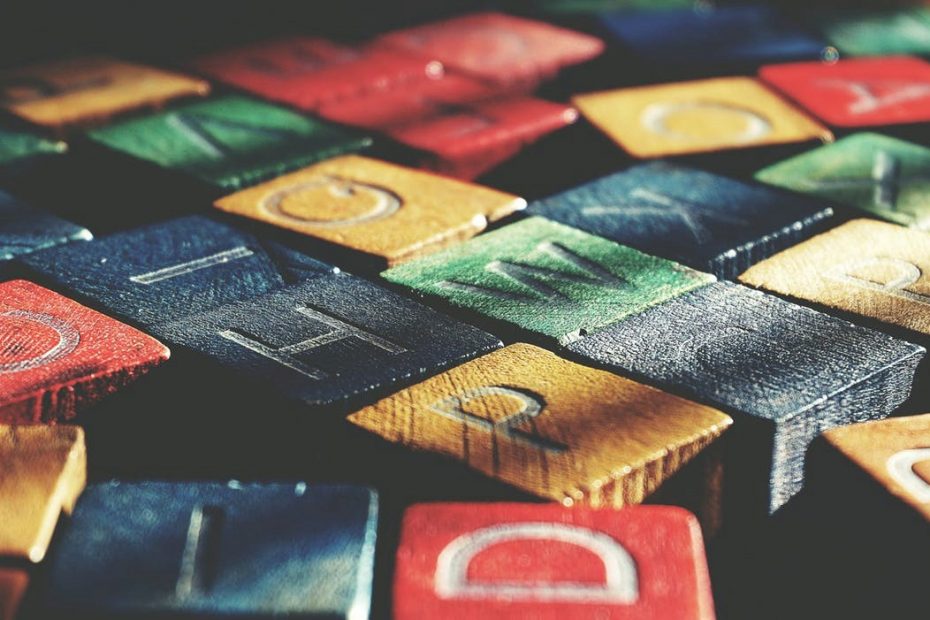While many non-native speakers of English may be better at writing the language than speaking it, the reverse is true for those learning Italian. When you learn Italian by reading, you realize that the rules that govern the uppercase in English don’t necessarily translate to Italian.
Polish your written discourse by learning the capitalization difference between English and Italian.
1. Homographs May Change Meaning by Case
Homographs are words that are spelled the same, but have different meaning. An example of that in English is the word “right”. It might mean direction, correct, or entitlement, depending on the context you use them in.
However, some rare Italian homographs are distinguished by upper and lowercase. For example:
- Statomeans nation, and statodenotes the literal state of an object or subject.
- Borsameans stock market, whereas borsarepresents a bag.
- Paeseand paesemean country and village respectively.
- Camera is short for Camera deiDeputati, one of the two chambers of the Italian Parliament, and its lowercase equivalent camera means bedchamber.
2. Degree of Formality May Dictate Capitals
Although optional, one may show respect through the uppercase when addressing a higher authority in written correspondence. The parts of speech that get capitalized are the proper nouns and pronouns indicating the recipient.
For example,
- English:Dear Father Lucas,
I regret to inform you I will not be attending mass this week.
- Italian:Gentile Padre Lucas,
Le Mi dispiace informalo Le informarLa che non parteciperò alla messa questa settimana.

3. Familiar Movie, Book & Art Names Not Capitalized
While the first letters of old movie, book, or art titles that are being introduced to listeners or readers for the first time may be capitalized, recent ones doing the rounds remain lowercase. That includes articles, nouns, conjunctions, and anything else that’s a part of that title. The lack of uppercase indicates a sense of mutual familiarity to the object of discussion.
For instance,
- English: How do you feel about The Starry Night by van Gogh?
Here, the inquirer is clearly asking about the famous painting by the tortured artist Vincent van Gogh who got big posthumously. Therefore,
- Italian: Cosa ne pensi di la nottestellata di van Gogh?
4. Historical Events Marked with Capitals
In English, we capitalize the first letters of all the important events, decades, and eras. In Italian, we only capitalize the first letter of the keyword, which may or may not be the first word in the title.
There are also rare times when times not capitalized by English are capitalized in Italian.
Let’s see some examples.
- The twentieth century = ilNovecento, the nineties = gli anni Novanta.
- The Great Depression = (la)Grandedepressione, Second World War = SecondaGuerra mondiale.
That’s not all there is to Italian capitalization. Even the determiners and articles take you by surprise in written discourse, so be careful to note everywhere you see an uppercase letter while going through Italian short stories for intermediate learners. Afterwards, test yourself with listening comprehension for beginners just to see how well a handle you have on it. Moreover, classic Italian literature is also a great place to start your language learning.
Do communicate with me for further questions.

